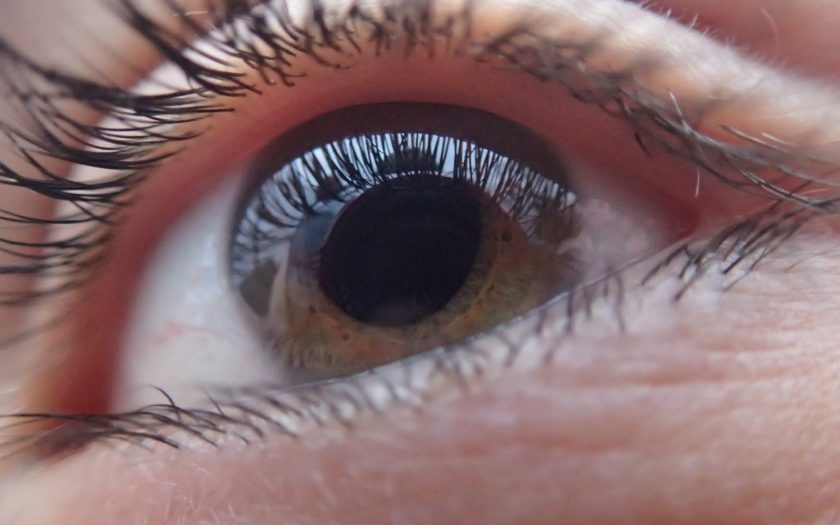Incorrect distance between the eyes and the book.
When the book is positioned too close or too far, the eyes are forced to constantly strain to focus on the text. This cause discomfort, redness, and fatigue, as the eye muscles have to work harder to maintain image clarity. As a result, this can lead to increased sensitivity to light and even accommodation spasms, where the eyes cannot quickly switch between different distances. Over time, you may begin to feel increased fatigue even during normal reading. To maintain eye health, it is important to maintain the correct distance from the text. The ideal reading position is sitting with good posture and sufficient lighting.
Uncomfortable head position.
When a person lies down and holds a book, the neck is at an unnatural angle, which disrupts normal blood circulation and creates excessive tension for the oculomotor muscles. In this posture, the neck is bent at an unnatural angle, which disrupts normal blood circulation and creates excessive tension in the eye muscles. Moreover, due to the tilted position of the head, the image reaches the retina at an incorrect angle, which can cause temporary text blurriness and, with frequent reading in this position, even lead to the development of astigmatism. As a result, instead of enjoying the reading process, you begin to experience discomfort that can affect your vision. Therefore, it is important to pay attention to the correct head position while reading. To do so, you can purchase a special head pillow or sit on a chair that supports the proper posture of both your back and head.
Insufficient lighting.
Insufficient lighting while reading lying down is one of the most common causes of vision deterioration. When there is not enough light, the visual muscles experience additional strain, which can lead to quick fatigue, redness in the eyes, and even headaches. In the dark, the pupils dilate to capture more light, but as a result, the clarity of the image decreases and the risk of retinal strain increases. If this habit becomes regular, it can cause gradual vision deterioration and lead to certain conditions that significantly affect quality of life. Additionally, insufficient lighting is particularly harmful in cases of cataracts, as it accelerates the progression of the disease. This is why it is important to ensure adequate lighting while reading, especially in the evening. The best option is soft yet bright light that evenly illuminates the text without creating harsh shadows. Also, if you have a confirmed disease such as cataracts, in addition to high-quality lighting, it is important not to forget to use the eye drops prescribed for you, such as C-NAC, Catalin.
Quickly falling asleep while reading.
When a person falls asleep with a book in hand, their eyes remain in a strained state, and the muscles responsible for focusing do not have a chance to relax. As a result, this creates additional pressure on the optic nerve, which can cause discomfort or even pain in the eyes upon waking. Furthermore, if you don’t change the position of your head while falling asleep, it can lead to partial blockage of blood flow to the eyes, negatively affecting the function of the retina. Regularly falling asleep while reading also develops a harmful habit for the brain: it begins to associate reading with rest, rather than active mental activity. As a result, concentration and the ability to quickly absorb information gradually decrease. To avoid this problem, it’s important to read in the correct posture — sitting at a table or in a comfortable chair, with sufficient lighting and the proper angle of the book.

